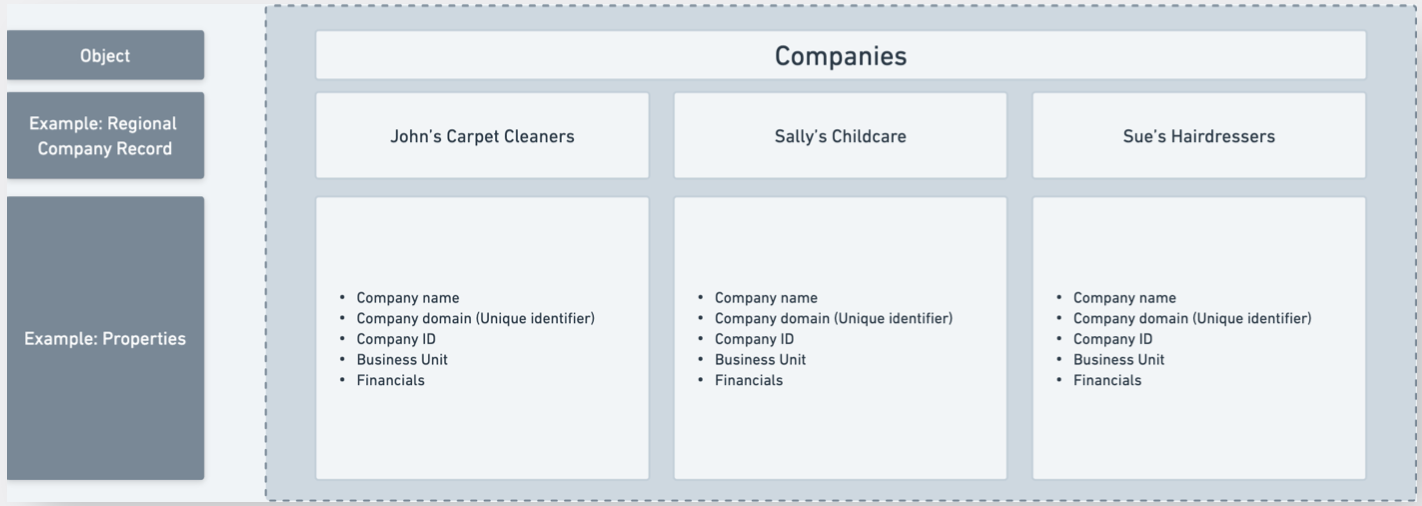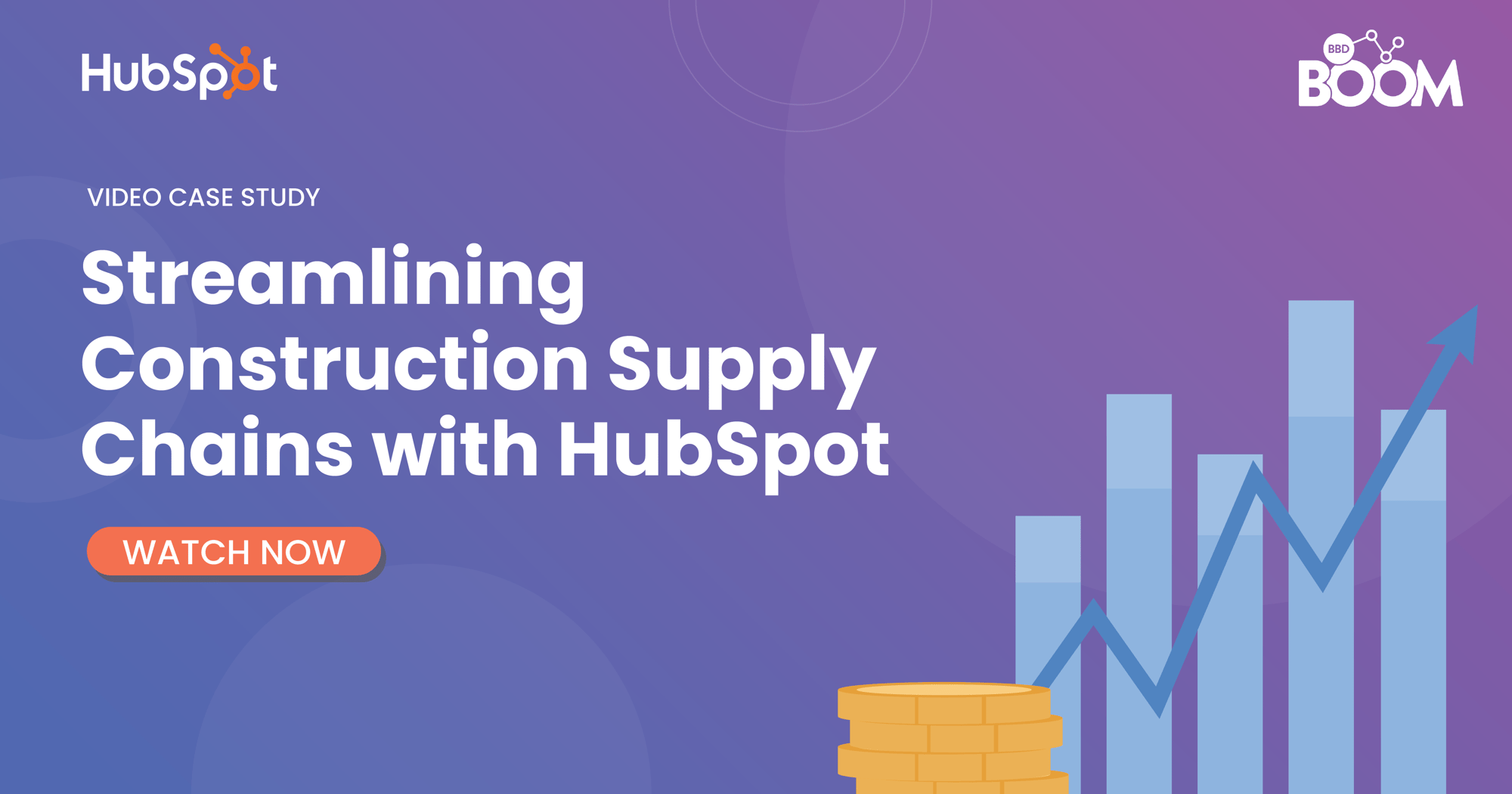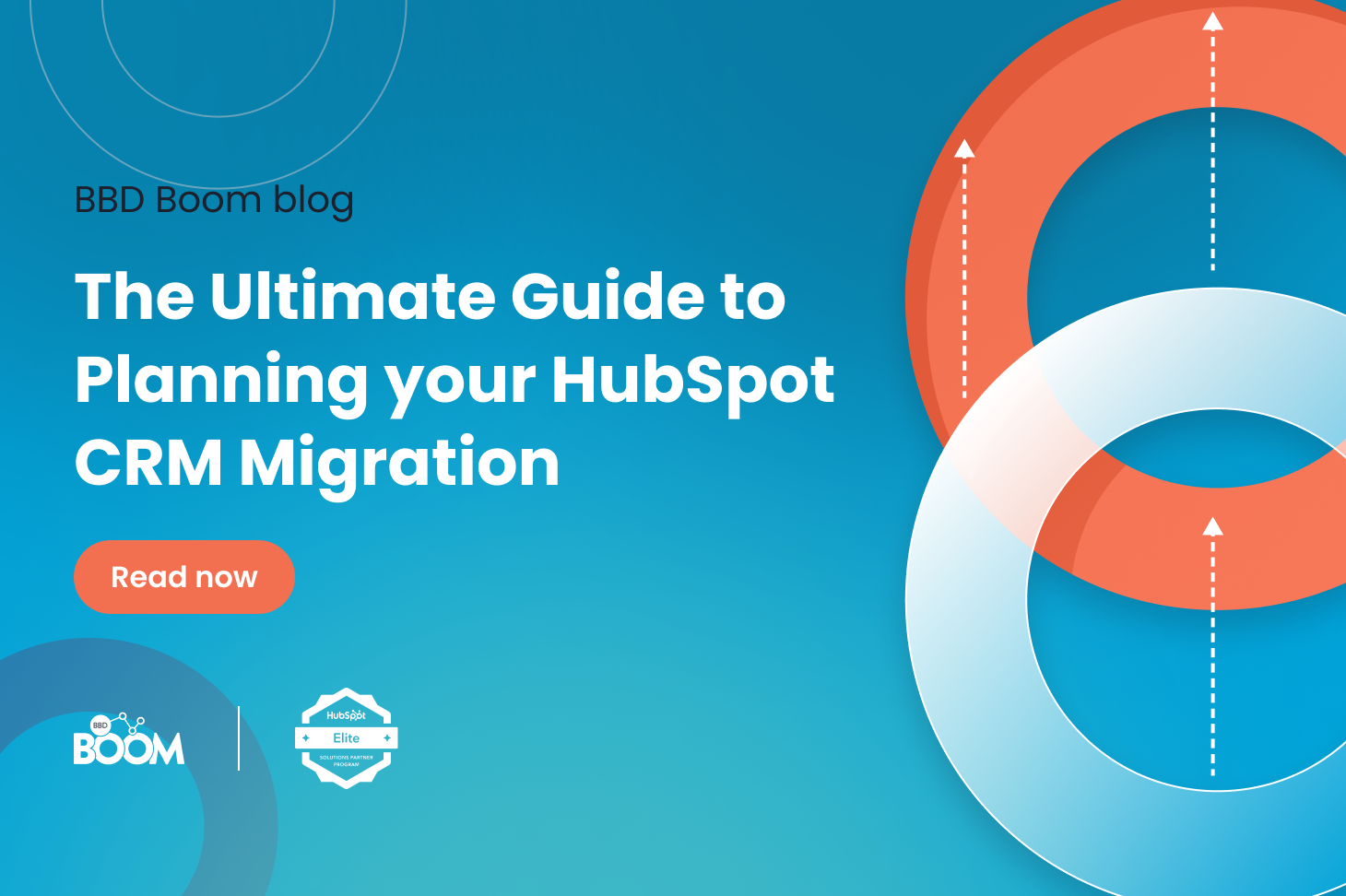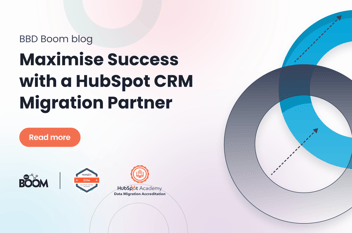Are you considering making the switch to HubSpot CRM or are you in the early stages of your transition? Take the first step towards a seamless transition to HubSpot CRM with our comprehensive guide that guarantees strategic alignment with your business goals. Discover prioritisation techniques for CRM features, learn about custom data architecture in HubSpot, and gain specific roadmaps tailored to each department. This blog post serves as a valuable blueprint, bringing together insights on planning, deployment, and more, all in one place to ensure the successful implementation of your CRM system.
The Significance of a Well Prepared Migration Plan
As a HubSpot Elite Partner, with a demonstrated experience in Onboarding, CRM Implementation, and Data Migration, we understand the significance of a well-prepared migration plan. Our expertise in these areas allows us to guide our clients through the process with confidence and ensure a seamless transition to HubSpot CRM.
However, if you decide to tackle this task on your own, it's important to know how to navigate through the various steps and timelines involved in the process as well as the complexities involved or the impact it can have on your business operations.
A well-prepared plan is crucial for the success of your HubSpot CRM migration project. It provides a roadmap for the entire process, ensuring that all necessary steps are identified and executed in a systematic manner. A migration plan helps you define clear objectives, timelines, and resource allocation for the migration project. It also helps you anticipate and mitigate potential risks and challenges that may arise during the migration.
Furthermore, it helps you prioritise tasks, allocate budgets, and manage dependencies effectively. With a well-prepared plan, you can streamline the migration process, minimise downtime, and ensure a smooth transition to the new CRM system.
If you feel overwhelmed by the CRM migration process, don't worry - we are here to lend a helping hand. Simply click the link below to get in touch with us and let our experts guide you every step of the way.
Preparing for Migration
Before starting your CRM migration, it is important to adequately prepare for the process. This involves several key steps that will help you ensure a smooth and successful transition.
Definite Goals and Objectives
Firstly, you should define your migration goals and objectives. What are the specific outcomes you want to achieve with the migration? This could include improving data accuracy, enhancing customer relationship management capabilities, or integrating CRM with other systems. Clearly defining your goals will help you stay focused and prioritise tasks during the migration process.
Prepare the Migration Plan
Once you have defined your goals, you should create a detailed migration plan. This plan should outline all the necessary steps, timelines, and resource requirements for the migration. It should also identify any potential risks or challenges that may arise during the process. When planning the timeline, it is important to allocate sufficient time and resources for testing and training. Before fully transitioning to the new CRM system, conduct extensive testing to ensure data accuracy, system functionality, and compatibility with other systems. Additionally, provide adequate training and support to your team members and end-users to ensure a seamless adoption of the new CRM system.
Involve the Right Stakeholders
In addition to planning, it is crucial to involve all relevant stakeholders in the migration process. This includes your team members, IT department, and end-users. Ensure that everyone is aware of the migration plan, their roles and responsibilities, and the expected outcomes. Effective communication and collaboration among stakeholders will contribute to a smoother migration process.
Analysis of Current CRM
Next, you should conduct a thorough analysis of your existing CRM system and data. Identify any obsolete or redundant data that can be cleaned up before the migration. This will help streamline the migration process and prevent unnecessary data clutter in the new CRM system.
For a deeper understanding of how to plan your CRM transition, we have a captivating webinar you can watch. It will provide valuable insights and guidance to ensure a successful migration process.
The Migration Journey
The MoSCoW Method
In order to effectively prioritise and categorise the various requirements and features of your CRM implementation, at BBD Boom we implement the MoSCoW methodology, which offers a highly practical approach. This method divides the essentials into four distinct categories: Must Have, Should Have, Could Have, and Won't Have. Each of these categories plays a unique role in shaping the direction and focus of your project, ensuring that you are able to prioritise and allocate resources accordingly.
 Must Have: These are essential elements that form the core of your CRM project and are necessary for its success.
Must Have: These are essential elements that form the core of your CRM project and are necessary for its success.
Should Have: These features and requirements are important for enhancing CRM functionality and effectiveness. They can be incorporated if possible, but can also be postponed if necessary.
Could Have: These are desirable but not essential features that can add value to the project. Their implementation depends on the availability of time and resources and may be considered for future phases.
Won’t Have: This category clearly outlines what will not be included in the current phase of the project, setting boundaries and managing expectations.
Data Architecture
As you embark on the journey of crafting your CRM roadmap, it's essential to begin with a clear understanding of the data architecture. This foundational aspect lays the groundwork for how your HubSpot CRM will function and interact with your business data. Data architecture in CRM is twofold: Data Objects and Data Relationships.
Data Objects: HubSpot provides a comprehensive range of standard data objects, such as Contacts, Companies, Deals, Tickets, and Products, which serve as the foundation for most CRM activities. However, there may be instances where these predefined objects do not perfectly align with the unique needs of your business. This is where the flexibility of custom objects comes into play. Custom objects can be tailored to meet specific requirements that standard objects may not cover. To determine if custom objects are necessary, it is essential to thoroughly assess your data object requirements.
How do I create and edit custom objects in HubSpot?
How do I create and edit custom properties in HubSpot?

Data Relationships: The interconnectedness of these data objects is of utmost importance. It entails establishing the intricate relationships and dependencies between them, such as the association of Contacts with Companies or the connection of Deals to Contacts. These interdependencies create a sophisticated network of data that your CRM system will handle and manipulate.
How do I set up data relationships in HubSpot?

Team-Specific Requirements
In order to ensure a successful CRM migration, it is essential to explore and consider the specific requirements of different teams within your organisation. This includes teams such as Sales, Service, Operations, Finance and Marketing. Each team may have unique needs and objectives when it comes to using the CRM system, and it is important to take these into account during the migration process.
Sales: For the Sales team, it is crucial to understand their workflow and how they interact with customers throughout the sales process. This may include specific features and functionalities that are necessary for tracking leads, managing opportunities, and closing deals. By involving the Sales team in the migration planning process, you can ensure that the new CRM system meets their needs and supports their sales efforts effectively.
Service: Similarly, the Service team may have specific requirements when it comes to managing customer support tickets, tracking customer interactions, and providing timely and efficient service. By considering their needs during the migration process, you can ensure that the new CRM system enables them to deliver exceptional customer service.
Finance and Operations: These teams may have specific reporting and analytics requirements. They may need access to real-time data and insights to make informed decisions and track key metrics. By involving these teams in the migration planning process, you can ensure that the new CRM system provides the necessary reporting capabilities and integrates seamlessly with existing financial systems.
Marketing: Marketing teams may have requirements related to lead generation, campaign management, and tracking marketing ROI. By understanding their needs, you can ensure that the new CRM system supports their marketing efforts and provides the necessary tools for tracking and measuring marketing success.
It is essential to understand the systems and data all your teams are using to ensure a seamless migration and integration. Automation is another key area to consider. Automation can help streamline processes, reduce manual work, and improve efficiency. By understanding the automation requirements of different teams, you can identify opportunities for automating tasks and processes within the CRM system, saving time and improving productivity.
Post-Migration Evaluation
 After completing your CRM migration, it is crucial to evaluate the success of the migration process. This evaluation will help you determine if all data has been transferred accurately and if the new CRM system is functioning properly. You should conduct a thorough review of your data to identify any inconsistencies or errors that may have occurred during the migration. Additionally, it is important to gather feedback from your team members and end-users to understand their experience with the new CRM system. This feedback will provide valuable insights for further improvements and adjustments.
After completing your CRM migration, it is crucial to evaluate the success of the migration process. This evaluation will help you determine if all data has been transferred accurately and if the new CRM system is functioning properly. You should conduct a thorough review of your data to identify any inconsistencies or errors that may have occurred during the migration. Additionally, it is important to gather feedback from your team members and end-users to understand their experience with the new CRM system. This feedback will provide valuable insights for further improvements and adjustments.
Another important aspect of post-migration evaluation is to analyse the impact of the migration on your business operations. For instance:
-
Team Adoption: Have you ensured your teams are fully trained, embracing the platform and utilising it systematically?
-
Sales to Marketing Handoff: Have you established a clear and efficient process for transferring leads from marketing to sales?
-
Process Automation Benefits: Have you quantified the time saved by automating processes?
-
Improved Close Rates: Have you set a target for increased close rates, indicating enhanced sales efficiency?
-
Efficient Reporting: Have you implemented and automated your reporting, replacing cumbersome and manual efforts?
Download Your Free eBook
To further support your HubSpot CRM migration journey, we have prepared a comprehensive eBook that provides in-depth guidance and best practices. This eBook covers various aspects of the HubSpot implementation, including pre-migration planning, data architecture, detailed team-requirements, post-migration success criteria, and so much more.
Whether you are a small business or a large enterprise, this eBook will provide you with valuable insights and practical tips to help you navigate through the CRM migration process successfully.
Don't miss out on this opportunity to enhance your CRM capabilities and drive business growth. Click the link below to download your free eBook and embark on your CRM migration journey today!
.png?width=877&height=508&name=bbd-boom-siloy-navy+blue-logo%20(1).png)
.png)

.jpg)

.png?width=50&name=Webinar%20Speaker%20(1).png)




.png?width=90&name=Webinar%20Speaker%20(1).png)


